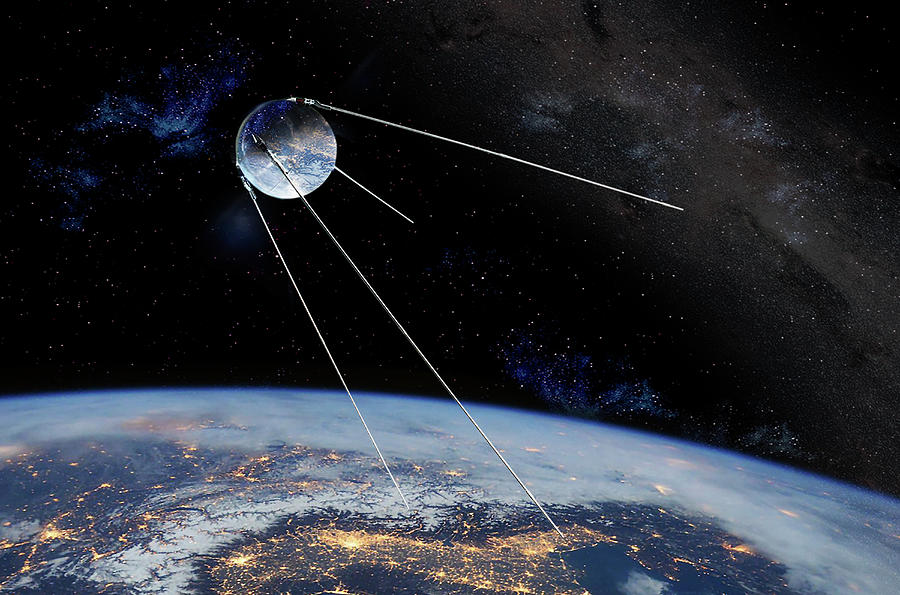October 4, 1957
Human curiosity about the universe is as old as time itself, but it wasn’t until October 4, 1957, that we first managed to step outside of our own planet’s atmosphere and into the realm of space. This historic achievement was accomplished by the former Soviet Union with the successful launch of Sputnik 1, the first artificial satellite.
Event Details:
Sputnik 1, a lightweight, spherical satellite weighing about as much as an average adult male, was launched from the Baikonur Cosmodrome in Kazakhstan at 19:28:34 co-ordinated universal time (UTC). The launch vehicle, an R-7 Semyorka, was the Soviet Union’s first intercontinental ballistic missile. With this groundbreaking launch, mankind had, for the first time, sent an object into orbit around the Earth.
The satellite, which was 58 centimeters (about 2 feet) in diameter, completed an orbit of the Earth in approximately 96 minutes. Its simple design included only the most essential elements needed for its mission: a radio transmitter, a thermometer and batteries. Despite its simplicity, Sputnik 1 was a monumental technological accomplishment that sparked the beginning of the Space Age and the intense competition of the Space Race between the United States and the Soviet Union.

Interesting Facts for Kids:
1. “Sputnik” means “satellite” or “traveling companion” in Russian.
2. Sputnik 1 emitted beeping sounds that could be picked up on radios around the world, alerting people they were hearing an object from space!
3. Sputnik 1’s mission only lasted 21 days, as the batteries powering the thermometer and the radio transmitter ran out on October 26, 1957.
Educational Activities for Kids:
1. Create a scale model of Sputnik 1 using available materials at home. This helps children visualize the size and design of the first artificial satellite.
2. Write a short story imagining a day in the life of a Sputnik 1 operator. This tactic fosters creativity and allows children to place themselves in the shoes of historical individuals.
3. Experiment with radio waves: Use a child-friendly kit or app to learn how radio waves are transmitted and received, just like the beeping signals from Sputnik 1.
Conclusion:
Sputnik 1’s launch on October 4, 1957, was a landmark event in our history. It sparked a wave of curiosity and aspiration that led to further advancements in space technology. Not only did it pave the way to our understanding of outer space, but it also symbolizes mankind’s ceaseless drive to explore the unknown. The legacy of Sputnik 1 is a testament to human ingenuity, a spirit that continues to shape the future of exploration and discovery.
References:
1. Dick, S. J., & Launius, R. D. (Eds.). (2007). Societal Impact of Spaceflight. NASA History Division.
2. Harford, J. (2007). Korolev: How One Man Masterminded the Soviet Drive to Beat America to the Moon. Wiley.
3. Siddiqi, A. A. (2003). Sputnik and the Soviet Space Challenge. University Press of Florida.







Bob Sabo
October 4, 2023 / at 7:10 pm
When did Sputnik re-enter earth’s atmosphere?
Michael
October 30, 2023 / at 6:30 pm
The pic does not show a retractable landing gear, AND, if it had one, would not make the landings any safer or smoother, for crying out loud!!!